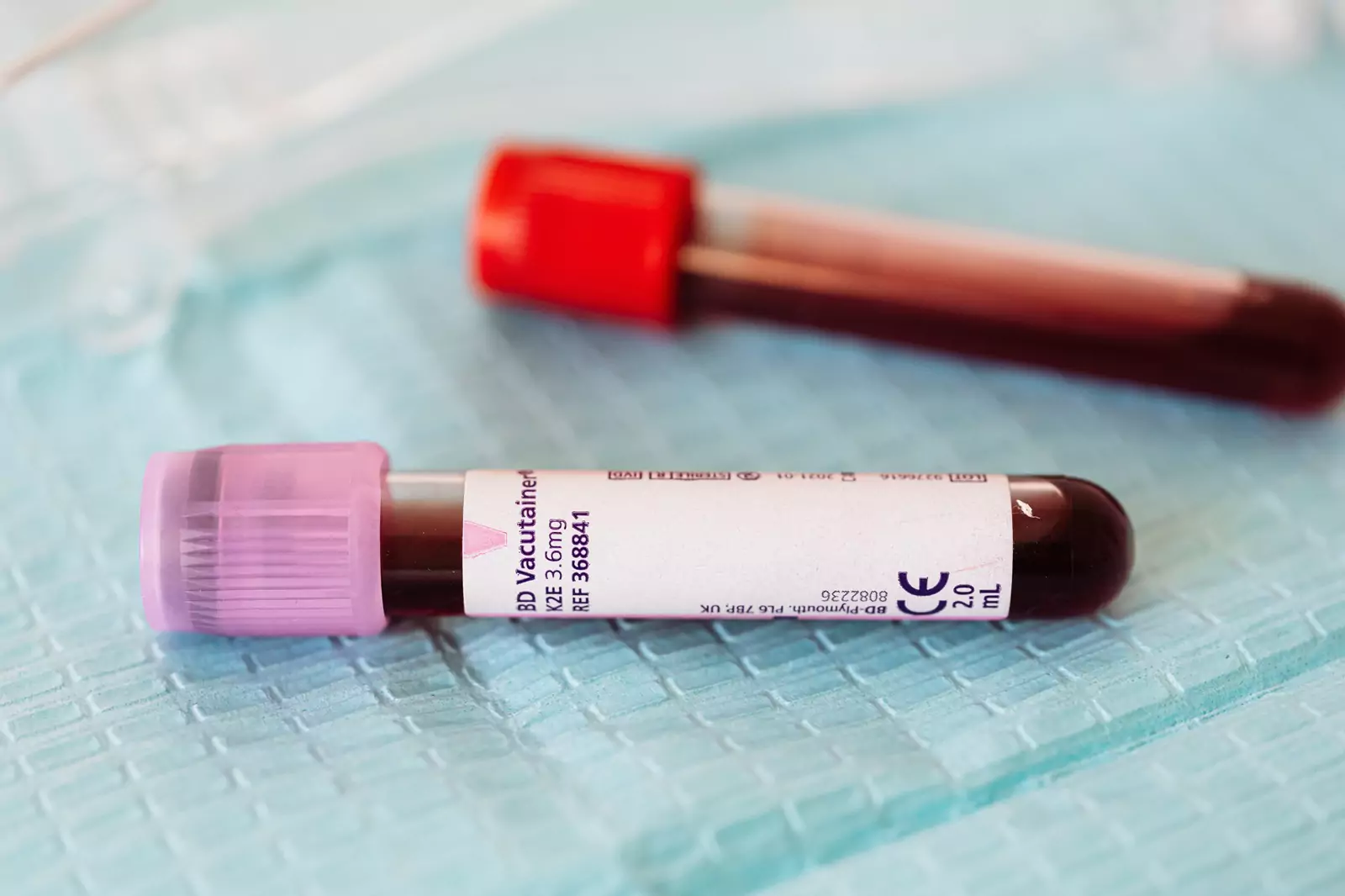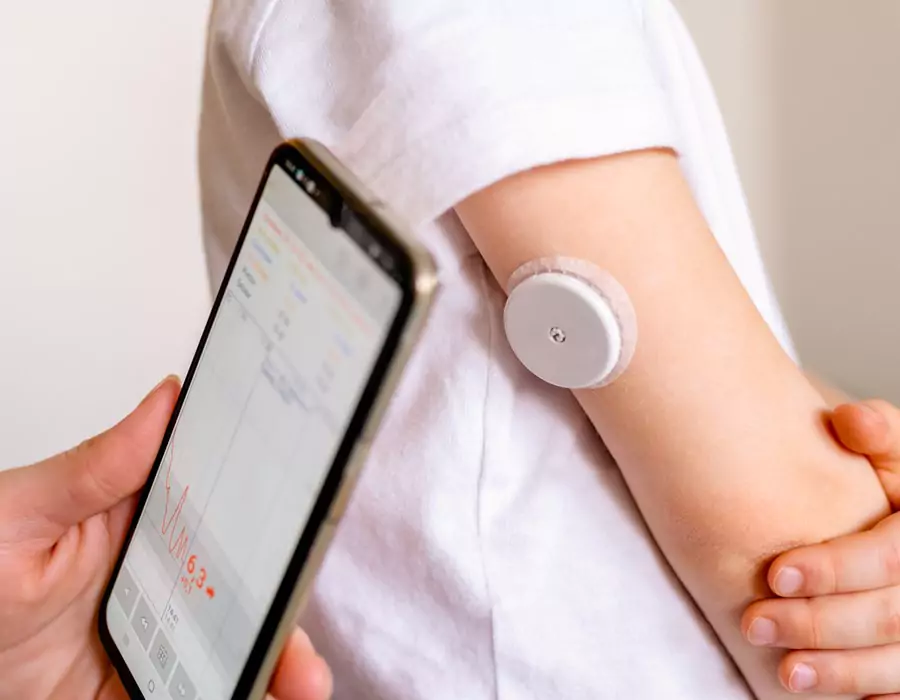DISCOUNT: UP TO 90% OFF






What is A1c?


Table of Contents
- What is A1c?
- What is A1c, and why is it called hemoglobin A1c?
- Need to prepare for the test?
- What do the results mean, What is A1c?
- What is my A1c goal? What is a good A1c?
- Can I have it tested more frequently than every three months?
- How precise and correct is the test result?
- What are the advantages of using A1c?
- (What is A1c)
- What are the disadvantages of using A1c?
- What are some alternatives to HbA1c measurement?
- (What is A1c)
- Why is my HbA1c not coming down below 7% with all my efforts?
- Can this test be used during pregnancy?
- The bottom line
- About The Author
What is A1c?
A1c is purely a reflection of average blood sugars. It comes in percentages. For example, 7% A1c corresponds to an average blood sugar of 150. 6% A1c corresponds to 120 average blood sugars. 8% corresponds to 180 average blood sugars. As you may have noticed, every 1% change in A1c reflects a 30 mg/dL change in average blood sugars.
A1c, in other words, hemoglobin A1c or HbA1C is a widely used clinical test to estimate average blood sugars in 3 months. A1c is used to diagnose and monitor treatment for type 1 diabetes as well as type 2 diabetes. It is a handy clinical test with many advantages. Patients and diabetes specialists should keep the disadvantages and caveats in mind when ordering and interpreting this test.
What is A1c, and why is it called hemoglobin A1c?
Hemoglobin (a protein that carries the oxygen in the bloodstream) formed in new red blood cells are freely permeable to glucose. As a result, glucose attaches the hemoglobin irreversibly. The more glucose you have, the more glucose binds to the hemoglobin. Since the average lifespan of hemoglobin is 120 days, A1c reflects average glucose levels within the last three months.
Need to prepare for the test?
You do not need to prepare for A1c testing, as this is not a fasting test. What you have eaten or how high your blood sugar does not necessarily affect your A1c in the very short-term. It reflects average blood sugars within the last three months. It relies on the average glucose on the hemoglobin in your red blood cells.
What do the results mean, What is A1c?
Keep in mind that A1c only reflects the average blood sugars. When you talk about the average you automatically disregard very high and extremely low end of blood sugars. For example, hypothetically speaking, if your blood sugars were between 50 and 250, your average would be 150. That would give you an A1c of 7%.
Although it seems to be a success, it does not tell you about very high and very low blood sugar as it only reports the average blood sugars. Nevertheless, it is a handy clinical tool. You can still say that 7% A1c is much better than 9% since 9% suggests at least 60 mg/dL higher average blood sugars in any given individual. Please refer to the table below to better understand average blood sugars corresponding to each A1c number.
| Hemoglobin A1c | Corresponding average blood sugars |
| 5% | 90 |
| 6% | 120 |
| 7% | 150 |
| 8% | 180 |
| 9% | 210 |
| 10% | 240 |
| 11% | 270 |
| 12% | 300 |
| 13% | 330 |
| 14% | 360 |
What is my A1c goal? What is a good A1c?
Typically if A1c is above 5.7% but less than 6.5% is called prediabetes. If A1c is more than 6.5%, then that is called diabetes. The goal of diabetes control depends on the patient. Some patient's goal is less than 6.5%, and for some others, it is less than 8%. Your diabetes specialist/endocrinologist will determine your target.
The goal is determined based on multiple clinical factors. Make sure that you discuss your A1c target with your diabetes specialist and endocrinologist, and understand your goals clearly. For example, it may be unreasonable for an 85-year-old patient who has had diabetes for 20 years to ask for an A1c target of less than 6%. It is also absurd to target for 7.5% A1c in a 30-year-old overall healthy individual.
So we determine A1c goal by multiple clinical factors such as life expectancy, duration of diabetes, risk of hypoglycemia (low blood sugar), presence of advanced diabetes complications such as the history of heart attacks and strokes, chronic kidney disease, neuropathy (diabetic nerve damage) and retinopathy (diabetic eye disease).
Can I have it tested more frequently than every three months?
Yes, that is possible. If used correctly, this test done more frequently than every three months can still be helpful. That is because 50% of the change in A1c happens within the first 30 days. For example, if your A1c has improved 1% within one month, that can imply that it will improve another 1 to 1.5% in the next three months.
On the other hand, Medicare only allows A1c testing every three months. Although monthly A1c testing can help during an intensive therapy, limitations and insurance coverage may be a problem in doing more frequent A1c testing.
How precise and correct is the test result?
(What is A1c) You may have noticed that A1c checked in your primary care doctor's office may be a little different than another lab or another office. Yes, even in your endocrinologist's office. The difference happens due to variability in the testing method. Every test has a slight margin of error.
For example, when repeated, the A1C test result may be higher or lower than the first test. Let us assume that the first test was 6.9% A1c. Repeat tests could be reported in a range from 6.5 to 7.3 percent in the same blood sample. Another caveat to keep in mind about the test results precision is that every test reported has a confidence interval. The confidence interval is more of a statistical term.
To make it easier to understand, let's talk about an example. When the lab reports your A1c as 7%, the assumption is that the average blood sugar is 150. In this case, 150 is the 50th percentile of the estimation based on A1c testing. In reality, your refill average blood sugar can be anywhere from 120 to 180. Nevertheless, changes in A1c allow us understanding improvement or worsening in your overall diabetes control.
What are the advantages of using A1c?
(What is A1c)
- It is a nationally and internationally standardized test. It allows clinicians across the globe to communicate and understand the blood sugar control in patients with diabetes.
- Multiple large clinical studies have used this test to determine the outcomes of blood sugar control. For example, one large study found that every 1% improvement in the A1c prevented complications of diabetes by 30%. So for example, if your A1c comes down from 10% down to 7%, your diabetes complication risk goes down by 90%.
- Most diabetes care centers do the test in the outpatient setting with a single finger prick. Results are typically out within 5 minutes. This rapid result allows clinicians to understand longstanding average glucose numbers in any diabetic patient immediately.
What are the disadvantages of using A1c?
(What is A1c) Like any other testing in medicine, that may be technical errors in interpreting A1c levels. These errors can lead to misleading results or assumptions. The lifespan of hemoglobin can influence the test results.
The test result will be falsely high when the red blood cell turnover is lower. A1c levels will be falsely low when the red blood cell turnover is slow such as in untreated anemia. So, let us review possible problems with the the test.
- False A1c test results tend to occur more in patients with iron deficiency anemia, vitamin B12 deficiency, and folate deficiency anemia.
- Patients who have severe kidney disease taking erythropoietin will have a falsely low A1c result.
- Depending upon the testing methodology, the values may be falsely high in patients with abnormal hemoglobins such as patients with sickle cell anemia or thalassemia.
Racial differences can also play a role in the ability of the test to estimate average blood sugars. For example, A1c levels are typically higher in African-American Hispanic in Asian populations compared to Caucasians. Thankfully racial differences do not lead to significant A1c problems as some other issues we discussed above.
What are some alternatives to HbA1c measurement?
(What is A1c)
1. Fructosamine:
Just like hemoglobin, many other proteins also can attach to glucose. This glucose interaction and attachment can lead to a similar interpretation and can be used to estimate glucose control. Generally, there is a good correlation between A1c values and fructosamine. However, there are some problems with the use of fructosamine as well.
For example, because the turnover of serum albumin is more rapid than hemoglobin, fructosamine values reflect average glucose values in a much shorter time. This time is typically 1 to 2 weeks. If patients have albumin problems such as protein-losing kidney disease or liver disease, fructosamine values may be incorrect.
2. Glycomark (1,5-anhydroglucitol)
1,5-anhydroglucitol is a polyol that comes in the diet. In normal individuals, this is completely reabsorbed by the kidneys after the filtration. As a result, serum concentrations are typically stable in normal individuals. When glucose levels go up, the kidney reabsorption of the substance is inhibited.
As a result, 1,5-anhydroglucitol levels will go down as glucose levels go up. The test that measures 1,5-anhydroglucitol is called glycomark. Glycomark reflects blood sugar spikes after meals better than A1c. The reason that this test is not so popular is that because there is no data to prove that using glycomark in addition to A1c alone improves outcomes.
Sometimes diabetes doctors will use this test as a complementary test to A1c to help improve blood sugar spikes that happen after meals. That is because blood sugar spikes after meals are more challenging to control than fasting blood sugars.
3.Continuous glucose monitoring systems
Continuous glucose monitoring systems such as Dexcom, freestyle libre, or Medtronic guardian systems can also give you continuous blood glucose readings that can have a corresponding A1c. Since it is average blood sugar, if your average blood sugars on CGM as 150, you can safely assume that your A1c is at 7%.
Why is my HbA1c not coming down below 7% with all my efforts?
(What is A1c) It is a lot easier to bring the A1c from 10% down to 8%. However, most patients get stuck between 7% and 8%. Their goal is typically to go down to 6.5%. The barrier to achieving this goal is blood sugar spikes after meals.
You will not notice this unless you check blood sugars 2 hours after meals. If you want to get it below 7%, you need to make sure that your fasting blood sugars are less than 130, and you are 2 hours after-meal blood sugars are less than 180 at all times.
This goal can be achieved with certain non-insulin or insulin medications. Your endocrinologist or diabetes care specialist should discuss your options with you. Once your fasting blood sugars are less than 130, you need to focus on the blood sugars after meals.
Can this test be used during pregnancy?
Although the A1c test can be useful in the early pregnancy to diagnose if improvement has diabetes before pregnancy, A1c testing is typically not very correct during the pregnancy due to changes in hemoglobin and expansion and blood volume. Typically your endocrinologist will use glucose tolerance test and follow you with glucose testing with fingersticks or continuous glucose monitoring systems.
The bottom line
(What is A1c) Endocrinologists and primary care doctors, commonly use this test to diagnose and treat and monitor diabetes. It reflects average blood sugars within the last 3 months. This is because the test relies on hemoglobin turnover that is typically 3 months. If there are problems in your red blood cells or hemoglobin due to a variety of situations we have discussed above, the test may not be reliable.
There are also many caveats that diabetes specialists, as well as diabetic patients, should be mindful of when interpreting test results. In general, the lower the A1c, the lesser the diabetic complications. Yet, the A1c goal depends on patient characteristics such as diabetes duration, complications from diabetes and risk of hypoglycemia (low blood sugar).
In order to control and get the A1c to the goal, frequent blood glucose monitoring is essential. Remote glucose monitoring can also help patients stay on top of their target. There is an online diabetes care center that can monitor your blood sugars remotely without needing to keep track of record blood sugar numbers.
The system also allows patients to remain accountable. It has been proven multiple times that patients who monitor frequently and patients who communicate with their diabetes specialists do much better in getting their A1c to the goal. No matter what glucose monitoring you use, intervening, and correcting high blood sugars immediately will prevent changes in the A1c and reduce diabetes complications in the long term.
About The Author
Ahmet Ergin, MD, FACE, CDCES, ECNU About the author: Dr. Ergin operates a large diabetes practice mostly in West Palm Beach, FL, and yet can see diabetic patients across the entire state of Florida via a unique telehealth platform which also allows him to track patient progress and be available at all times. Soon to be available in NY and NJ. 2260 Palm Beach Lakes Blvd Ste 212 unit 7 West Palm Beach, FL
Written By Dr. Ahmet Ergin
461 total articles
Meet Dr. Ahmet Ergin, a highly skilled and dedicated endocrinologist with a passion for diabetes care. Dr. Ergin earned his medical degree with honors from Marmara University in Istanbul. He completed internal medicine residency and endocrinology fellowship at Cleveland Clinic. Dr. Ergin is board-certified in Internal Medicine, Endocrinology, Diabetes, and Metabolism due to his vast medical expertise. He's a certified diabetes educator, author of “The Ultimate Diabetes Book,” and founder of “the SugarMD YouTube channel.” Dr. Ergin offers exceptional diabetes care to his patients in Port Saint Lucie, FL, helping them manage effectively. For a closer look into his insights and experiences, connect with Dr. Ahmet Ergin on LinkedIn, Instagram, and YouTube.”
Disclaimer: These statements have not been evaluated by the Food and Drug Administration. Information on this website isn't intended to treat, cure or prevent any disease. Discuss with your doctor and do not self-treat.
Products















